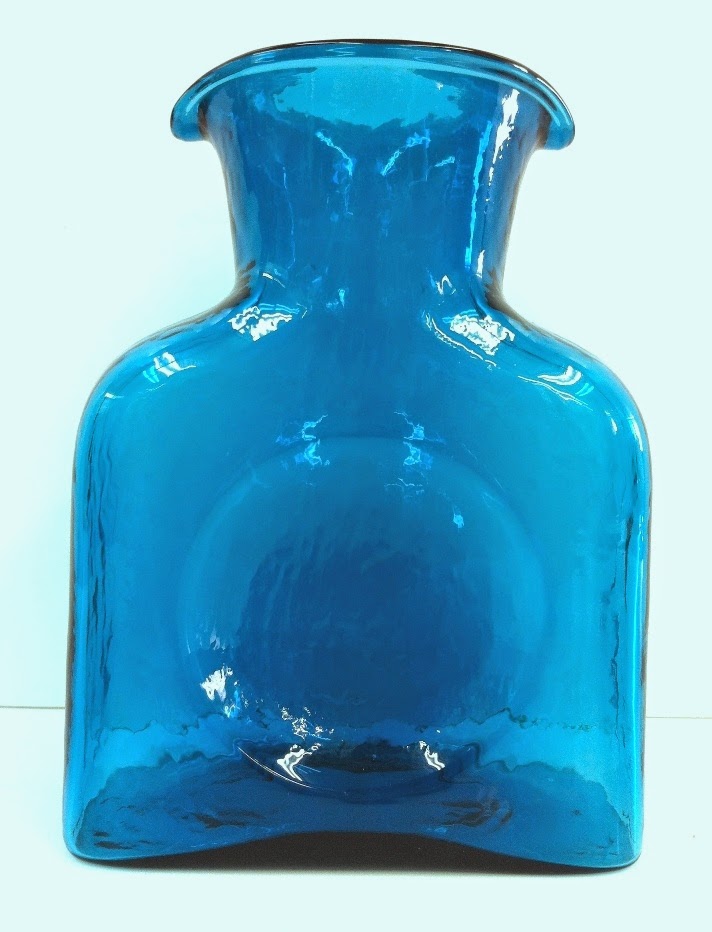Portrait plates are those that were crafted of fine porcelain by numerous makers,
including Sevres, Limoges and Royal Vienna Porcelain, mostly during the latter half of the 19th century. My favorites are the
ones that feature the likenesses of women of nobility and — especially — the ones
in which the portraits are hand-painted and surrounded by gold moriage details.
This Viennese plate
with gilt floral details features the great English beauty Georgiana Cavendish,
Duchess of Devonshire, née Spencer
(she was the great-great-great-great aunt of Diana, Princess of Wales). Georgiana
lived from 1757 to 1806. This plate is signed by the master
artist Wagner and is after the famous painting of Georgiana by the Thomas Gainsborough, in which she wore one of the trendsetting
feathered hats for which she was known.
Georgiana immersed herself in fashion, politics and gambling – the latter of
which amounted to millions.
Princesse de Lamballe (1749-1792)
was counted among the more liberal of 18th-century French
aristocrats and was a close confidant Queen Marie-Antoinette; like the queen,
the princess was killed during the French Revolution. Here she is depicted in a
hand-painted portrait plated bearing the Sevres mark (dated 1844), the Chateau
des Tuileries mark and the signature of the artist "Victz." (Princesse
de Lamballe was devoted to works of charity, but she also had her whimsical
side: When molds became popular, she used baskets molded from sugar to serve her guests bonbons during
supper.)
This 19th-century hand-painted portrait
plate is of another French lady, Suzanne Curchod, a salonist and writer known
as Madame Necker (after her husband, Jacques Necker). This is a Sevres plate with
musical instruments set in the border and a signature by the artist, "J.
Georget." Madame Necker founded a hospital in Paris in 1784; it still
bears the Necker name and today treats sick children.
Portrait
plates can function as decorative wall plates. Even the lesser ones are beautiful – and,
thankfully, less expensive than those hand-painted by known artists. In fact,
the range is broad; a simple portrait plate that was not hand-painted might
cost a mere $30, while one of high quality can be $2,000.





















